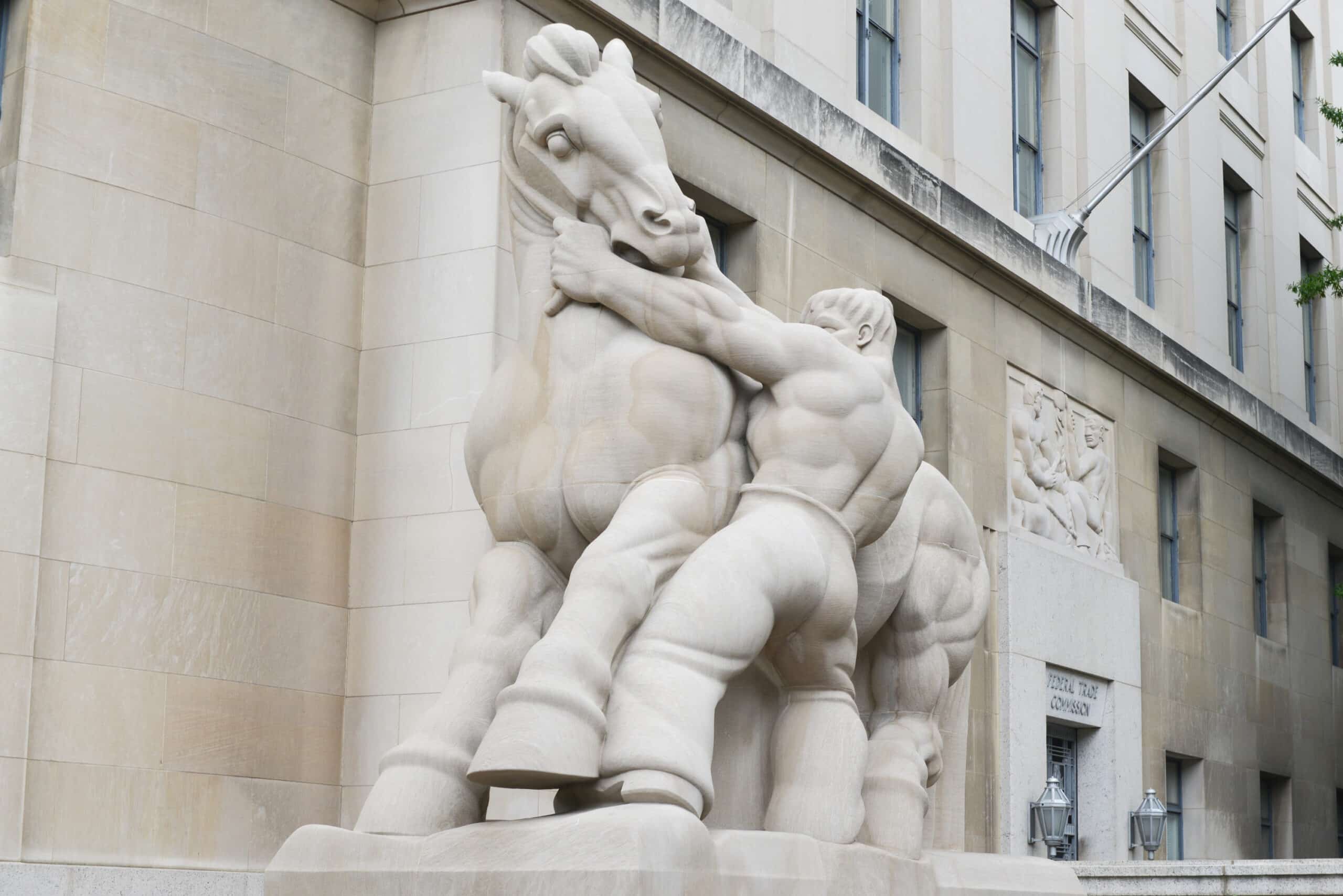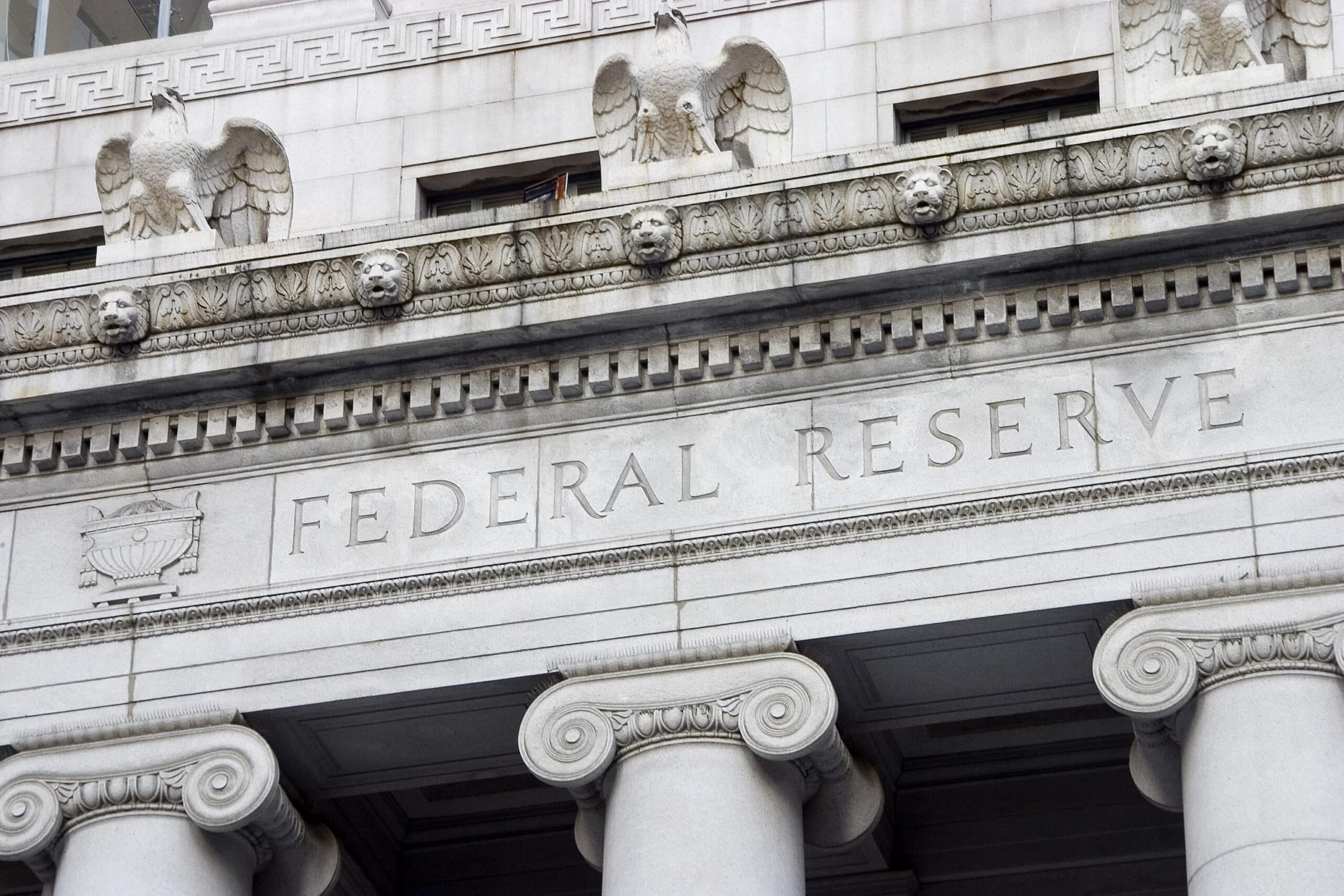New Rules for ABS Transparency on the Way
 As part of Congress’ directive to implement significant risk retention programs, federal regulatory agencies including the Federal Deposit Insurance Corporation, the Federal Housing Finance Agency and the Office of the Comptroller of the Currency all adopted the credit risk retention requirements of section 941 of the Dodd-Frank Act for asset-backed securities, or ABS, on Tuesday.
As part of Congress’ directive to implement significant risk retention programs, federal regulatory agencies including the Federal Deposit Insurance Corporation, the Federal Housing Finance Agency and the Office of the Comptroller of the Currency all adopted the credit risk retention requirements of section 941 of the Dodd-Frank Act for asset-backed securities, or ABS, on Tuesday.
The Federal Reserve Board, the Securities and Exchange Commission, and the Department of Housing and Urban Development are expected to follow suit this week. The new rule requires securitizers in both public and private securitization transactions to retain 5% of the credit risk of the assets collateralizing any ABS. Once all the federal agencies approve it, the rule will apply to the sponsor of any asset backed securities, including banks, captives and other finance companies-including auto.
Government officials tell Auto Finance News that up until now, there has been no requirement under the federal securities laws for the actual seller of a securitized asset to give disclosures to the investors about the valuation of an ABS deal, or the valuation of the parts of a deal the lender is retaining.
The rule will go into effect two years from the date it gets published in the Federal Register. Publication is expected to happen next month. The new rule does not impact transactions that have already closed.
Advocates of the new rule say it adds at least one more layer of transparency to the often complicated structures surrouding ABS deals.
Up until now, investors have relied mostly on ratings agencies, which use in-house tests they apply to a particular bundle of loans that gets brought to market. The ratings agencies test and evaluate the layers of risk, then determine what they think the subordination levels are necessary to support various levels of ratings on senior classes of the loan bundles. But under the risk retention rule, lenders themselves will have to establish that they are holding those senior classes as coordinated first loss. More specifically, the lender will have to establish that it is holding 5% of the total value of the transaction as a first loss position. The lender will also have to demonstrate that it has valued the position, and they have to describe the value methodology as well as the assumptions they used in making that determination.
The officials say there’s good reason why the auto ABS market has proven so popular recently. In today’s market, it is difficult to find a debt instrument paying decent interest rates, but auto has shown to be a category that investors feel comfortable with. One concern among regulators, and a reason why auto ABS has become increasingly attractive to investors, is the red-hot subprime ABS market. Regulators are concerned investors may not be focused on the real risk curve in the sector.















